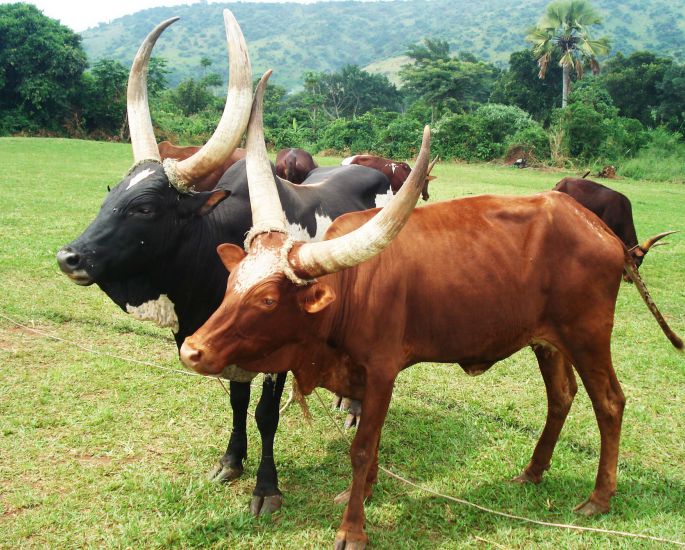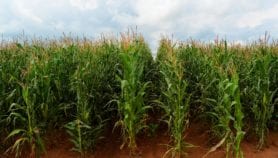By: Duncan Mboyah
Send to a friend
The details you provide on this page will not be used to send unsolicited email, and will not be sold to a 3rd party. See privacy policy.
[NAIROBI] Scientists at the International Livestock Research Institute (ILRI) in Kenya have established a state-of-the-art laboratory to help find strategies to reduce greenhouse gas (GHG) emissions from livestock in Africa.
The laboratory, which has equipment such as respiration chambers and manure management gadgets, is the first of its kind in Africa and started operating in April this year, according to the scientists at the institute who spoke during a visit to the ILRI by the UK chief science advisor, Mark Walport, last month (15 July).
“The livestock-related research on GHGs will help determine real measures of emissions data to help explore realistic, locally adaptable mitigation strategies in reducing global warming,” said Klaus Butterbach-Bahl, a principal scientist, livestock systems and environment, ILRI.
“The livestock-related research on greenhouse gases will help determine real measures of emissions data.”
Klaus Butterbach-Bahl, International Livestock Research Institute (ILRI)
According to Butterbach-Bahl, it is estimated that 30 per cent of all anthropogenic (human-induced) GHG emissions result from methane, nitrous oxide and carbon stocks from soils, vegetation, agriculture and livestock systems.
About half of this contribution is due to land use change, including deforestation, soil degradation and biodiversity reduction, with livestock production being a major cause.
“Unfortunately there is no reliable data on GHG emissions from livestock production in Africa due to lack of both technology and infrastructure that could generate such data,” Butterbach-Bahladded.
With this laboratory, Africa will now be able to generate its own data on GHG emission levels as opposed to previous instances.
Butterbach-Bahl told SciDev.Net that the emission data for the continent were initially generated from the Organization for Economic Co-operation and Development countries.
Heobserved that preliminary findings from the research conducted in the laboratory indicate that the estimates might be high.
Isaiah Nyandega, a senior lecturer at the Department of Geography and Environmental Studies,University of Nairobi in Kenya, said that in fine-tuning climate change models, measurements are important to help separate the human-induced causes from those resulting from natural phenomena.
“The contribution of domestic animals especially those chewing curd are considered important in methane measurement and I believe that the laboratory will make a difference,” Nyandega added.
From their data analyses, scientists will accurately measure emissions from livestock and manure and then link them to livestock productivity, feed intake, and health, said Butterbach-Bahl, adding that part of the analysis will involve the use of the latest versions of automatic respiration chambers, which measure the results of livestock feedings of differing grains and at different intake levels.
Researchers are using the laboratory to examine samples of animal waste and soils from Ethiopia, Kenya, Tanzania, Malawi and Uganda that will also provide training opportunities to help produce scientists conversant with examining and reducing GHG emissions from livestock.
This article has been produced by SciDev.Net's Sub-Saharan Africa desk.














